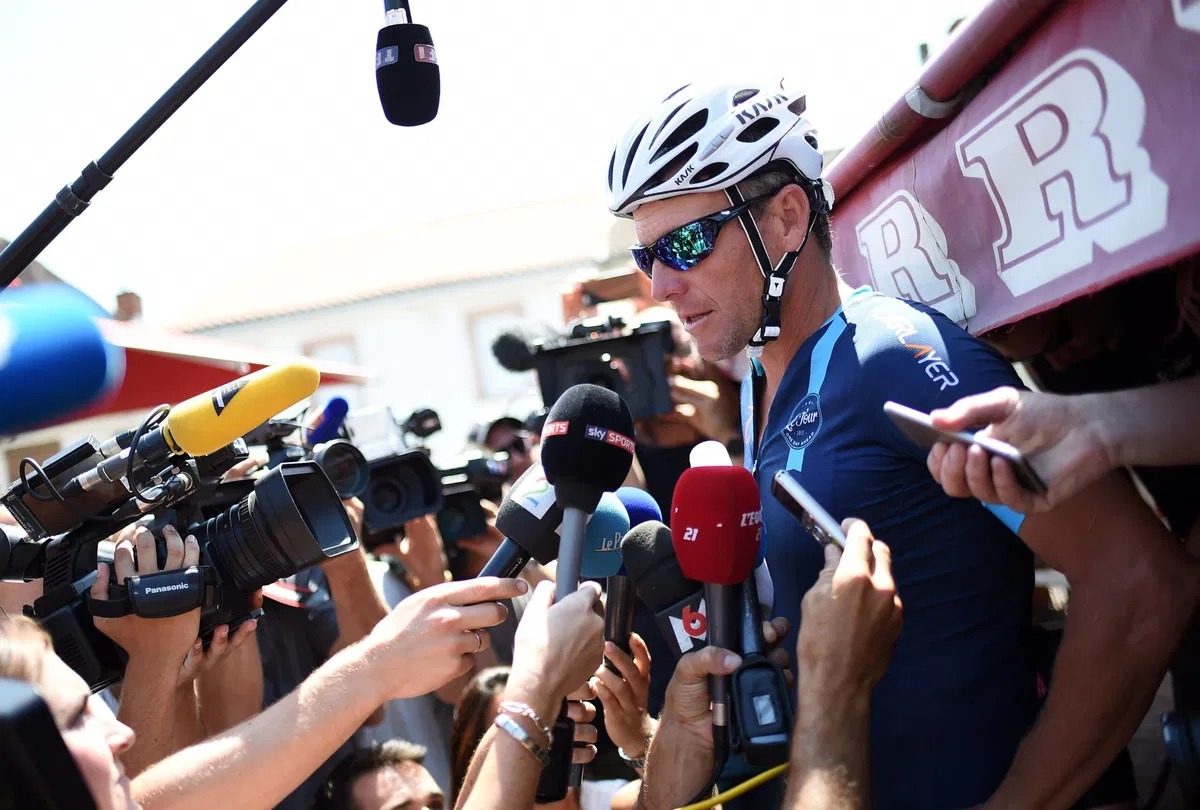How the ;livestrong wristband survived Lance Armstrong
How the Livestrong Wristband Survived Lance Armstrong
When the Livestrong wristband debuted in 2004, it quickly became a global phenomenon. Bright yellow, simple in design, and affordable, the silicone bracelet symbolized cancer awareness, strength, and hope. It also helped raise millions of dollars for the Lance Armstrong Foundation, which would later be renamed the Livestrong Foundation. At the height of its popularity, over 80 million wristbands had been sold, adorning the wrists of athletes, celebrities, and everyday people worldwide. But in 2012, the movement faced its greatest test when its iconic founder, Lance Armstrong, fell from grace amid a highly publicized doping scandal. Remarkably, the Livestrong wristband endured — not because of Armstrong, but because of what it had come to represent beyond him.
Lance Armstrong was not just a cyclist; he was a symbol of resilience. After surviving advanced testicular cancer that had spread to his lungs and brain, Armstrong’s comeback story resonated globally. The yellow wristband, launched in partnership with Nike, seemed to capture his fighting spirit. But as investigations into Armstrong’s use of performance-enhancing drugs gained momentum, the narrative shifted. In 2012, he was stripped of his seven Tour de France titles and banned from professional cycling for life. The fallout was swift and severe: sponsors pulled support, Armstrong stepped down from the foundation, and public trust was shaken.
Despite the scandal, the Livestrong Foundation made a strategic and moral decision to distance itself from Armstrong. It rebranded and shifted focus, emphasizing that its mission was bigger than any individual. Rather than crumbling under the weight of its founder’s disgrace, Livestrong chose to double down on its commitment to supporting cancer survivors. It expanded its programs, offering services like fertility preservation, financial aid navigation, and emotional counseling. The message was clear: Livestrong was about the millions affected by cancer, not the man who once inspired it.
What truly allowed the wristband to survive was its evolution into a broader symbol. For many, it was never just about cycling or Armstrong. It stood for perseverance in the face of illness, solidarity with those battling cancer, and the will to keep fighting. Over time, the wristband took on a life of its own. Cancer survivors and supporters continued to wear it, often unaware — or unconcerned — about its controversial origins.
Furthermore, the Livestrong brand had already embedded itself deeply into the cultural fabric before the scandal. It sparked a trend of cause-related wristbands that inspired similar movements. Its visibility in schools, sports teams, and hospitals gave it enduring power as a universal symbol of hope.
In the end, the Livestrong wristband survived because it transcended Lance Armstrong. While his story helped launch it, the millions who wore it gave it its true meaning. The wristband’s endurance is a testament to the strength of collective purpose — proof that while individuals may falter, movements rooted in genuine human need can endure and even thrive.



